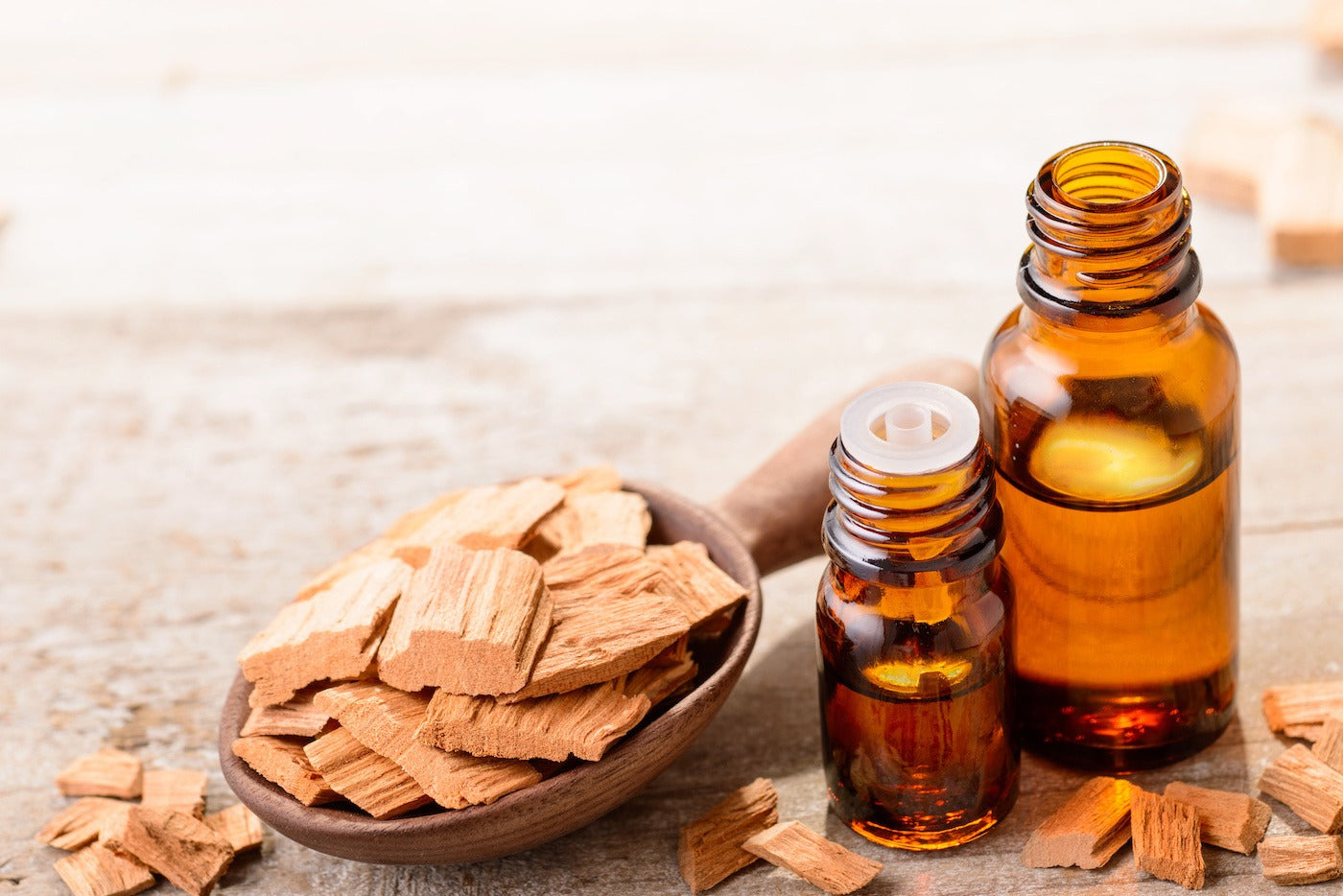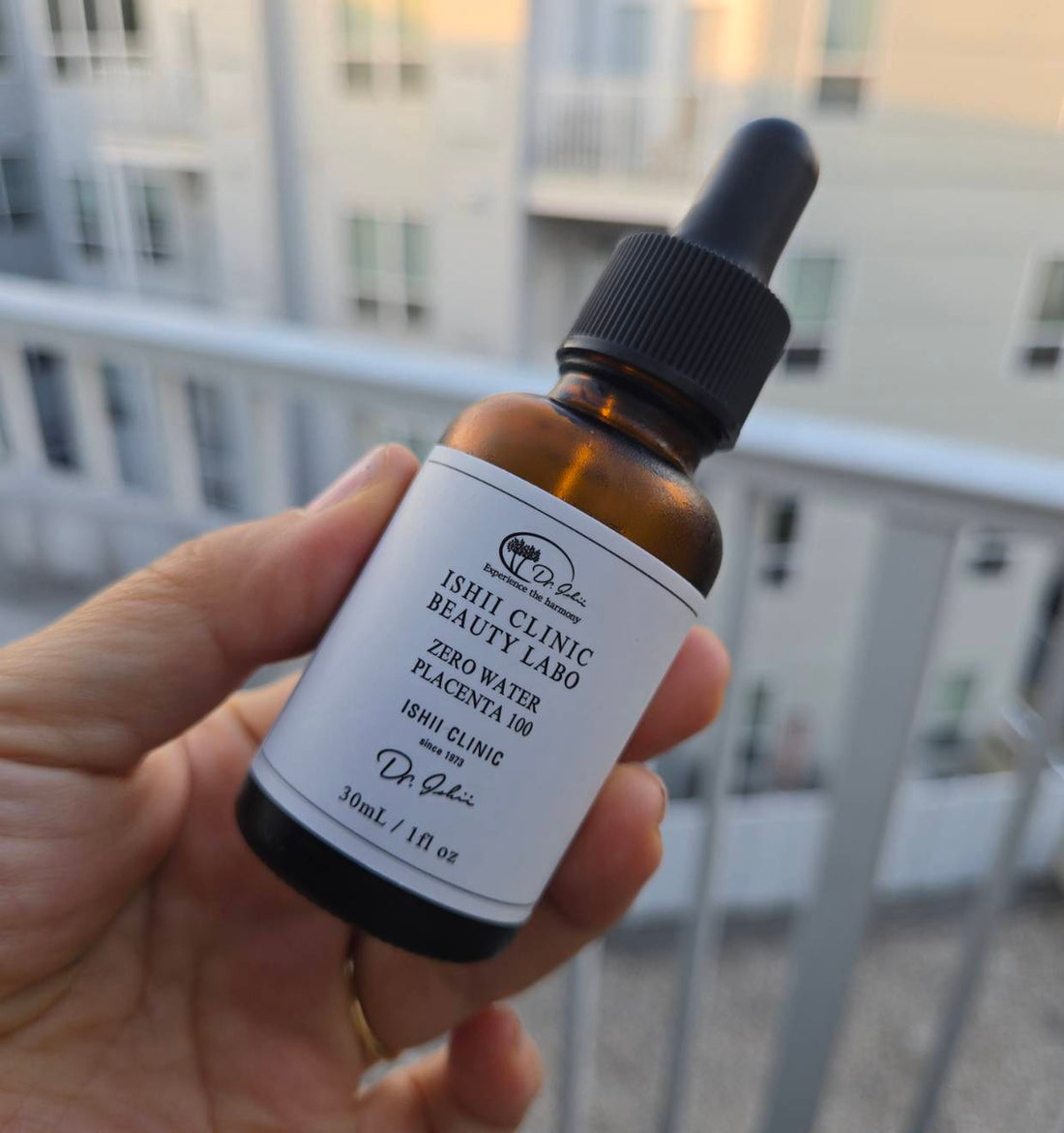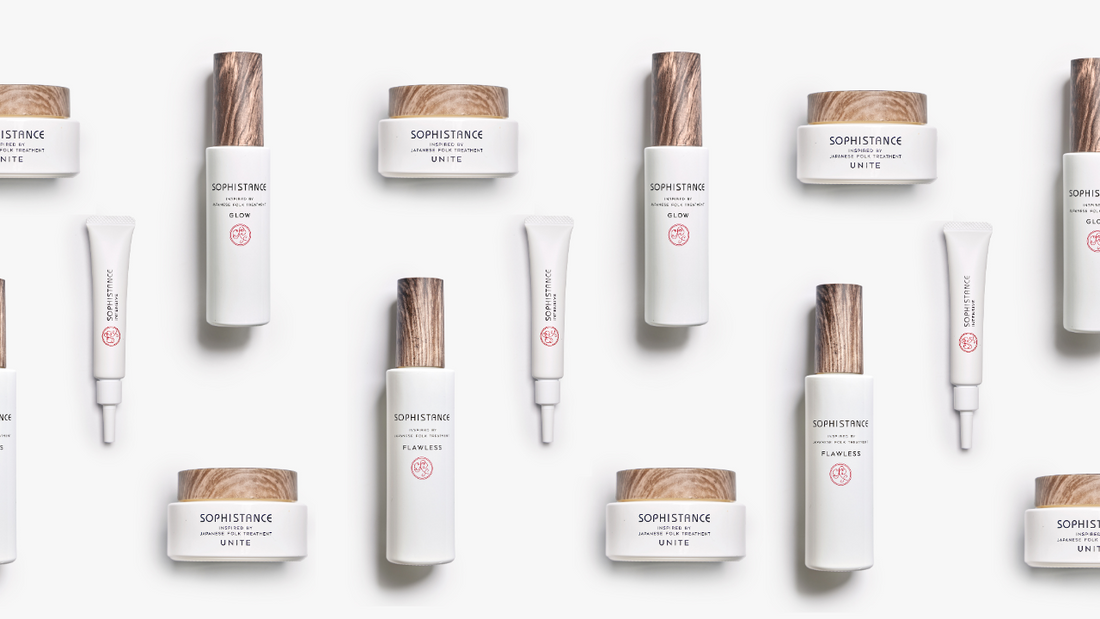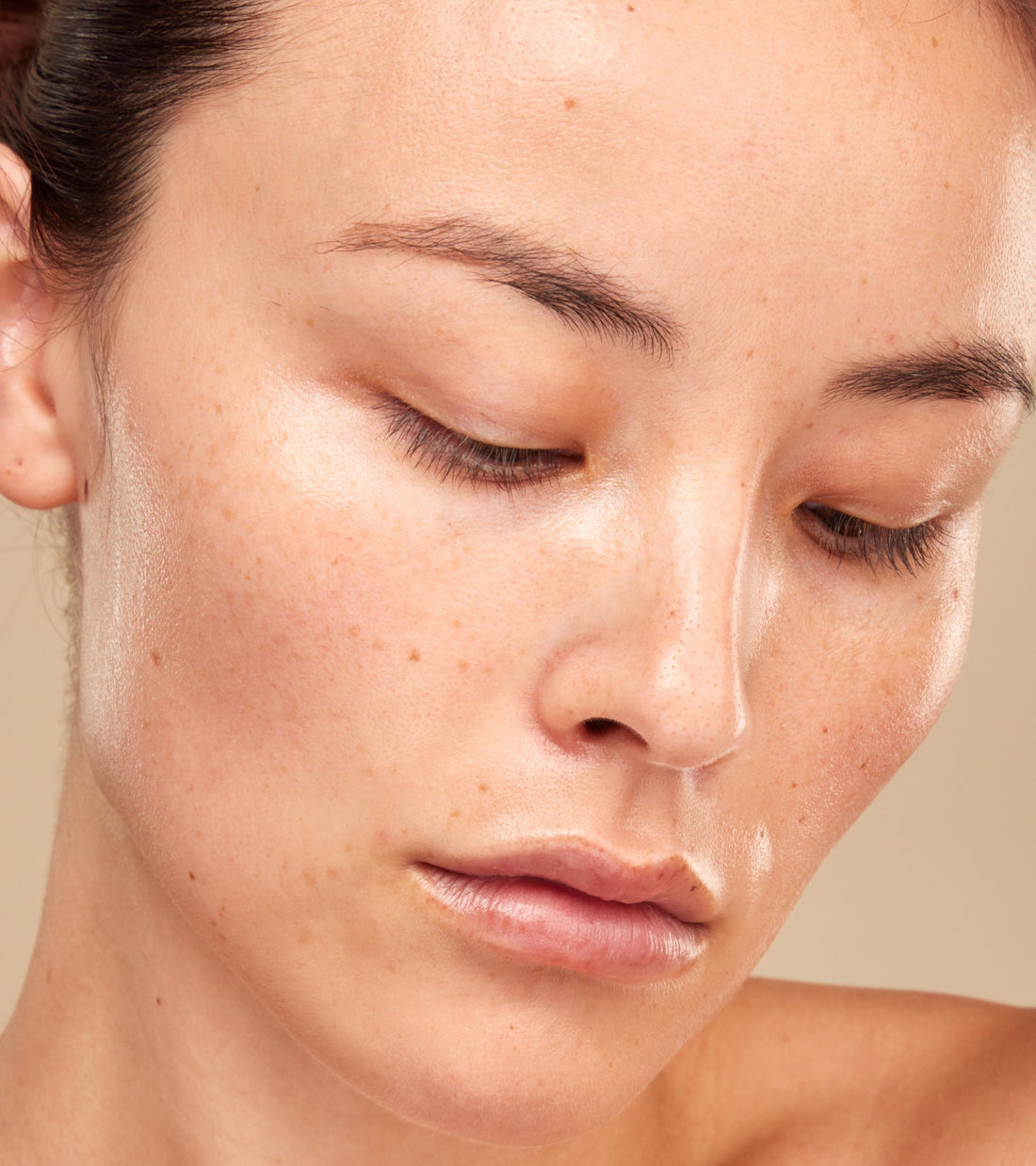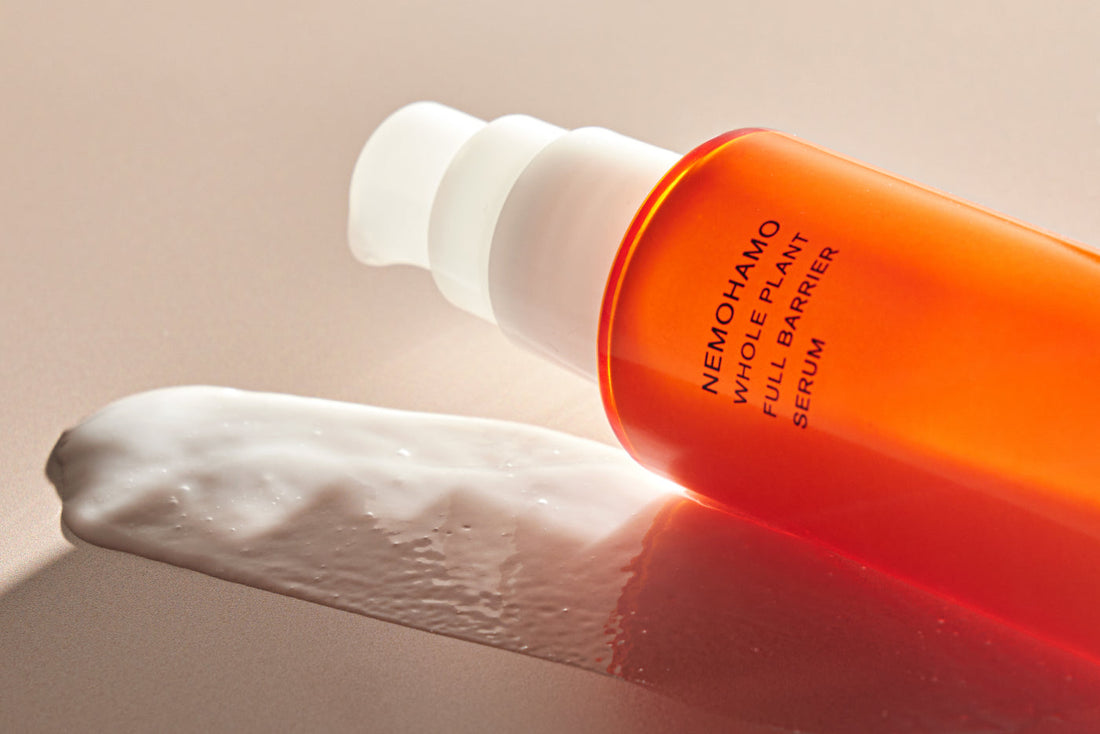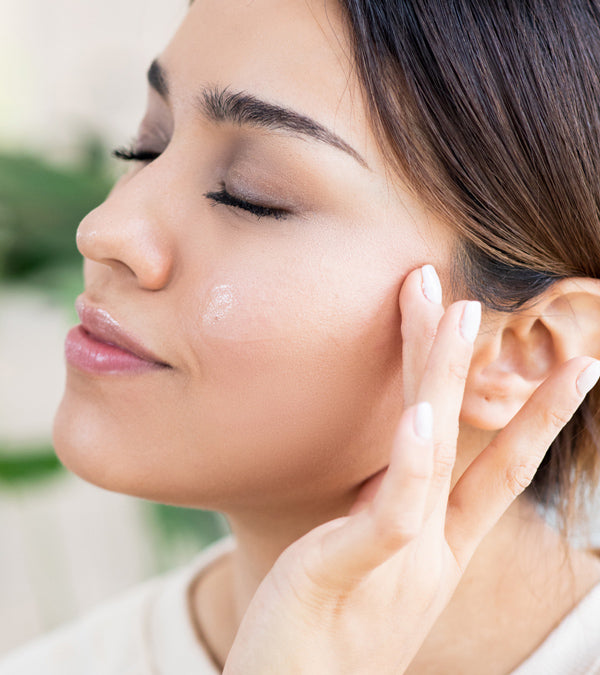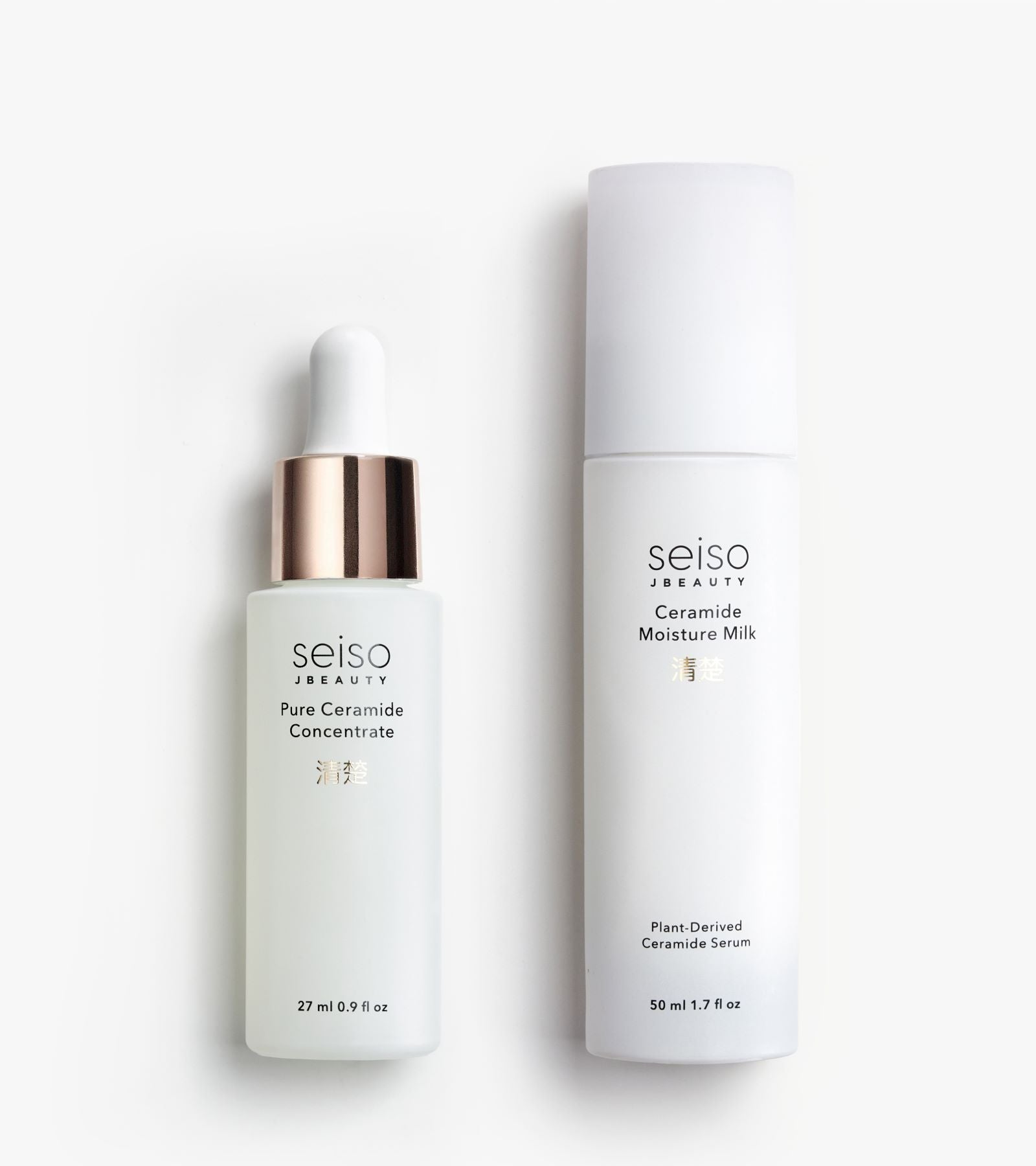Sandalwood's rich, woody scent has been cherished across cultures for thousands of years. But this earthy, golden oil offers far more than fragrance—it is a time-tested powerhouse with deep roots in wellness and beauty.
Sandalwood oil is a centuries-old ingredient known for its calming aroma, antimicrobial potency, and skin-soothing magic. It is now making a bold return in modern skincare.
Extracted from the heartwood of the Santalum tree, sandalwood oil has a legacy that spans continents and civilizations. It has been used in Ayurvedic medicine, traditional Chinese healing, and spiritual rituals for its grounding properties and therapeutic benefits for millennia. This rich, earthy oil is experiencing a well-deserved resurgence—not just in perfumery but as a multifunctional skincare ingredient.
Revered for its ability to calm irritation, hydrate deeply, fight acne, and slow visible signs of aging, sandalwood oil has become a go-to botanical in both luxe formulations and holistic routines. Whether you use it to elevate your nightly ritual or as a targeted treatment, it delivers powerful results wrapped in a peaceful, sensorial experience.
What You’ll Learn in This Guide
This guide will explore how sandalwood oil can support radiant, healthy skin—from its ancient spiritual and medicinal roots to its place in today’s skincare rituals. You’ll learn how key compounds like α-santalol and β-santalol work to calm inflammation, fight acne-causing bacteria, and protect against environmental stressors. We’ll also cover how sandalwood hydrates and firms the skin, softens fine lines, fades scars and dark spots, and supports overall skin clarity. We’ll also take a closer look at sustainable sourcing and what to consider when choosing a high-quality sandalwood oil for your skincare routine.
Here’s what we’ll cover:
- The History of Sandalwood Oil
- Is Sandalwood Eco-Friendly?
- The Chemistry of Sandalwood
- Skincare Benefits of Sandalwood Oil
- The Anti-Aging Benefits of Sandalwood Oil
- Sandalwood Oil for Acne and Oil Control
- Does Sandalwood Oil Clog Pores?
- Choosing the Right Sandalwood Oil for Skincare
- A J-Beauty-Inspired Sandalwood Ritual
- Can Sandalwood Oil Be Used Elsewhere?
- Final Thoughts: The Sacred Oil for Skin and Spirit
The History of Sandalwood Oil: Sacred Roots and Global Traditions
The soothing scent of sandalwood comes from the dense, aromatic heartwood of tall evergreen trees in the Santalum genus, found throughout India, Australia, and parts of Southeast Asia. These trees can take 15 to 20 years—sometimes longer—to mature, making sandalwood oil one of the world's most precious and revered natural ingredients.
For over 4,000 years, sandalwood has been vital in spiritual, ceremonial, and medicinal practices across ancient civilizations. In India, it was used to carve temple statues and create sacred incense for meditation and religious rituals. In Ayurvedic medicine, sandalwood paste was applied to the skin to treat inflammation, wounds, and fevers. Ancient Egyptians prized it in cosmetics and embalming rites, while Greek and Roman cultures used it in perfumes and body care formulas. In traditional Chinese medicine, it was valued for its cooling, qi-balancing effects on the body and skin.
This enduring legacy—rooted in healing, ritual, and reverence—continues today in modern skincare, where sandalwood oil offers not just results but a connection to timeless wellness traditions.
Is Sandalwood Oil Eco-Friendly?
Sandalwood oil is one of the world's most luxurious and valuable essential oils, but its high demand and slow-growing nature raise important questions about sustainability. With over 30 species of sandalwood trees growing throughout Asia, Australia, and the Pacific Islands, only a select few are suitable for oil production. Among them, the East Indian sandalwood tree (Santalum album) is considered the most prized. However, this species is also the most vulnerable.
Historically, Santalum album was harvested extensively throughout India and Sri Lanka, often without regulation. Overharvesting became a major concern because these trees take decades to mature and must be cut down entirely to extract the heartwood where the oil resides. As a result, Indian sandalwood has been listed multiple times as endangered by the International Union for Conservation of Nature (IUCN), and illegal harvesting and black-market trading have further strained wild populations.
In response, several countries—including India and Australia—have implemented stricter regulations and reforestation programs. Commercial plantations now grow sandalwood trees under more sustainable, traceable conditions. Australian-grown sandalwood, especially from species like Santalum spicatum, has become a popular and more eco-conscious alternative. These varieties are cultivated in controlled environments, allowing for responsible harvesting without compromising quality or potency.
When purchasing sandalwood oil or products containing it, it's important to consider where and how it was sourced. Look for terms like “sustainably harvested,” “ethically sourced,” or “plantation-grown” on product labels. Reputable skincare brands often disclose their sourcing practices and work with certified suppliers who follow strict ecological and ethical standards.
By choosing products made with sustainably sourced sandalwood oil, you help protect an endangered botanical, support responsible agriculture, and contribute to the longevity of this treasured skincare ingredient. As demand continues to rise, consumer awareness plays a vital role in protecting the future of sandalwood for generations to come.
The Chemistry of Sandalwood: What Makes It So Potent?
Sandalwood oil's distinctive aroma and therapeutic power are due to its unique chemical makeup. The oil is primarily composed of free alcohol isomers known as alpha-santalol and beta-santalol, which are responsible for sandalwood’s signature scent and many of its skincare benefits.
Alpha-santalol is the dominant compound, making up the largest portion of high-quality sandalwood oil. Studies have shown that this compound has antimicrobial, anti-inflammatory, and even anti-carcinogenic properties, making it ideal for calming irritated skin and reducing the impact of environmental stress. Beta-santalol, while present in smaller quantities, also offers cleansing, purifying, and antioxidant effects that help support overall skin health and protect against oxidative damage.
Together, these santalol compounds make sandalwood oil both soothing and effective—ideal for balancing the skin’s microbiome, reducing redness, and promoting a sense of calm through both topical application and aromatherapy. The higher the percentage of santalol, the more potent and therapeutic the oil is, which is why sourcing and quality are essential when choosing sandalwood for skin care.
Skincare Benefits of Sandalwood Oil
Sandalwood oil offers many benefits, making it a standout ingredient in natural and holistic skincare. Its unique composition—rich in active compounds like santalol and ximenynic acid—enables it to support the skin in multiple ways, from hydration and anti-aging to acne control and brightening. Let’s explore how sandalwood works to nourish and transform the skin.
Hydration and Rejuvenation
Sandalwood oil is a powerful natural emollient that helps the skin retain moisture while reinforcing the skin barrier. Its molecular structure allows it to penetrate the skin deeply, delivering hydration where it’s needed most—without the heaviness or residue of richer oils. This makes it ideal for dry, sensitive, or mature skin types seeking a lightweight yet effective moisture boost.
In addition to its hydrating power, sandalwood possesses gentle astringent properties that help tone and tighten the skin’s surface. This dual action helps improve skin texture, reduce the appearance of enlarged pores, and create a smoother, more youthful-looking complexion. With continued use, the skin feels soft, plump, and visibly refreshed.
Minimizing Scars and Texture
Sandalwood’s ability to support skin regeneration effectively improves the look and feel of textured or scarred skin. Whether dealing with post-acne marks, rough patches, or minor scars from past injuries, sandalwood oil can help smooth and refine the skin over time.
By enhancing circulation and encouraging new cell growth, sandalwood softens the edges of raised scars and fades discoloration. Its toning properties also help reduce the visible contrast between scar tissue and surrounding skin, resulting in a more even and uniform appearance.
Brightening and Evening Skin Tone
Uneven skin tone, dark spots, and hyperpigmentation are common concerns that sandalwood oil can help address. It contains active compounds that inhibit tyrosinase, the enzyme responsible for melanin production. By slowing down this process, sandalwood helps fade existing dark spots and prevents new ones from forming.
Beyond pigmentation, sandalwood reduces redness and inflammation—two factors that often contribute to blotchy or uneven skin tone. The result is a complexion that looks clearer, calmer, and more radiant. When used regularly, sandalwood oil helps restore natural luminosity and balance, leaving the skin glowing and healthy.
Turn Back Time: The Anti-Aging Benefits of Sandalwood Oil
As we age, our skin naturally loses collagen and elasticity, resulting in fine lines, dullness, and a loss of firmness. Environmental stressors like UV exposure, pollution, and free radical damage only accelerate this process. That’s where sandalwood oil shines. Rich in antioxidants—especially alpha-santalol—it helps neutralize free radicals before they can break down collagen or trigger inflammation.
But sandalwood oil’s anti-aging benefits go beyond just protection. It encourages gentle exfoliation by promoting cell turnover, revealing smoother, fresher-looking skin. Its toning properties help lift and firm sagging areas—particularly around the eyes, jawline, and neck—while its hydrating nature plumps and softens fine lines from within.
Unlike harsher anti-aging treatments that can irritate sensitive skin, sandalwood delivers these results in a gentle, nurturing way. Its calming, anti-inflammatory effects also help soothe the redness or dryness that often accompanies more aggressive skincare regimens. With consistent use, sandalwood oil helps restore a firmer, more radiant complexion while offering a moment of peace in your daily ritual.
Banish Breakouts Naturally: Sandalwood Oil for Acne and Oil Control
Sandalwood oil has been trusted for centuries as a natural remedy for inflamed and irritated skin, and modern science supports its role as a powerful ally in acne care. Its antimicrobial and antibacterial properties help combat acne-causing bacteria at the source, while its anti-inflammatory compounds reduce swelling and redness around active breakouts.
Unlike many conventional acne treatments that strip the skin and disrupt the moisture barrier, sandalwood oil works harmoniously with your skin to bring balance. It helps regulate sebum production without overdrying, which is key to preventing the rebound oiliness that can worsen breakouts. This makes it especially helpful for those with oily or combination skin types.
Sandalwood oil also supports healing by calming inflamed skin and encouraging cellular renewal. When used regularly, it can reduce the frequency of breakouts, minimize the severity of blemishes, and leave the skin looking clearer, calmer, and more evenly toned—without the irritation that often comes with synthetic spot treatments.
Does Sandalwood Oil Clog Pores?
Sandalwood oil is generally considered safe for most skin types and is unlikely to clog pores when used appropriately. On the comedogenic scale, it ranks low to moderately comedogenic, meaning it has a relatively low risk of causing breakouts—especially when applied in lightweight, balanced formulations. This makes it a suitable choice even for combination, oily, or acne-prone skin.
Its composition includes around 50 percent oleic acid, a fatty acid known for its nourishing and softening properties, and about 2 percent linoleic acid, which supports a clear, well-balanced complexion. These components help reinforce the skin’s natural barrier without smothering the pores.
One of the most noteworthy elements in sandalwood oil is its ximenynic acid content, which makes up approximately 30 percent of the oil. This rare and powerful anti-inflammatory compound helps reduce redness, swelling, and irritation—especially around blemishes—and can help minimize the risk of clogged pores when used in moderation. Unless applied excessively, sandalwood oil can be a clarifying, skin-supportive ingredient rather than a pore-blocking one.
Choosing the Right Sandalwood Oil for Skincare
Not all sandalwood oils are created equal. Because this ingredient is so valuable—and sometimes rare—it’s especially important to choose a high-quality, effective, and responsibly sourced version. A poor-quality or synthetic alternative may fail to deliver results and irritate the skin or contribute to unethical harvesting practices. Here’s what to look for when selecting sandalwood oil for skincare:
-
100% pure and therapeutic grade: Ensure the oil is undiluted and free from fillers, additives, or synthetic ingredients. Look for labels that indicate it’s been tested for purity and quality.
-
Steam-distilled from mature heartwood: The most potent sandalwood oil comes from the inner heartwood of trees at least 15 years old. Steam distillation preserves the beneficial compounds while keeping the oil gentle on the skin.
-
Labeled by botanical name (e.g., Santalum album or Santalum spicatum): A clear Latin name helps you identify the species used, so you know whether you’re getting Indian sandalwood, Australian sandalwood, or another variety. This ensures transparency and traceability.
-
Ethically and sustainably sourced: Choose brands that work with plantations or certified suppliers committed to sustainable forestry practices. Responsible sourcing supports reforestation and protects endangered species.
-
Packaged in dark glass to protect potency: Exposure to light can degrade the active compounds in sandalwood oil. Amber or cobalt blue glass bottles help preserve its therapeutic properties over time.
And finally, always avoid synthetic “fragrance oils” marketed as sandalwood. These often contain artificial perfumes with little to no real sandalwood content—and none of the benefits. For results you can feel (and a conscience you can feel good about), go with the real thing.
A J-Beauty-Inspired Sandalwood Ritual
Want to work sandalwood oil into your evening routine? Here’s a simple J-Beauty-inspired ritual:
-
Cleanse gently with a hydrating cleanser.
-
Apply toner or essence to prep the skin.
-
Massage 2–3 drops of sandalwood oil into your skin using upward strokes.
-
Layer a moisturizer on top to seal in hydration.
-
Breathe deeply—the calming scent makes this a ritual for your skin and your mind.
Can Sandalwood Oil Be Used Elsewhere?
Yes! While sandalwood oil is a beloved facial skincare ingredient, its benefits extend far beyond the face. Its soothing properties, luxurious scent, and gentle versatility make it a valuable addition to full-body routines and self-care rituals. Here are just a few ways to enjoy sandalwood oil beyond your daily facial regimen:
-
Dry patches and rough elbows: Apply a few drops of sandalwood oil directly to rough, dry areas like elbows, knees, or heels. Its deep moisturizing properties help soften and repair the skin, especially when layered over a nourishing body cream or balm.
-
Stretch marks or scars: Used regularly, sandalwood oil can support skin regeneration and elasticity, making it a helpful addition to routines aimed at fading the appearance of stretch marks or old scars. Combine it with a carrier oil like rosehip or jojoba for best results.
-
Cuticles or nails: Massage a drop into your cuticles or nail beds to soften dry skin and promote stronger, healthier-looking nails. The anti-inflammatory and antimicrobial properties help soothe irritation and reduce hangnails or peeling skin.
-
Scalp treatments (mixed with carrier oil): Add a few drops of sandalwood oil to a carrier oil like coconut or argan and massage it into the scalp. This can help calm itchiness, reduce flakes, and promote a healthier scalp environment while doubling as a relaxing aromatherapy treatment.
-
Aromatherapy rollers to reduce stress and tension: The grounding scent of sandalwood is widely used in aromatherapy for emotional balance and relaxation. Apply it (properly diluted) to pulse points like the wrists or temples to ease anxiety and restore a sense of calm throughout the day.
Sandalwood oil's warm, woodsy aroma and multitasking benefits make it a staple in holistic wellness routines. Whether soothing your skin, calming your mind, or adding a touch of luxury to your everyday life, this ingredient earns its place as a versatile self-care essential.
Final Thoughts: The Sacred Oil for Skin and Spirit
Sandalwood oil is more than just a skincare ingredient—it’s a ritual, a tradition, and a full-sensory experience. Its rare blend of anti-inflammatory, antioxidant, and skin-restoring compounds offers tangible results while aligning beautifully with the J-Beauty principles we hold dear: simplicity, intention, and harmony with nature.
Whether hydrating dry skin, calming breakouts, softening scars, or simply grounding yourself at the end of a long day, sandalwood oil delivers with grace and quiet strength. Its luxurious texture, soothing scent, and therapeutic properties make it not just a product but a practice.
At Shikō Beauty, we believe skincare should nourish more than your skin—it should restore your sense of self. That’s why we carefully select products with ingredients like sandalwood that have stood the test of time, both in efficacy and spirit. When sourced ethically and used mindfully, sandalwood oil becomes more than a trend—it becomes a timeless part of your beauty ritual.


